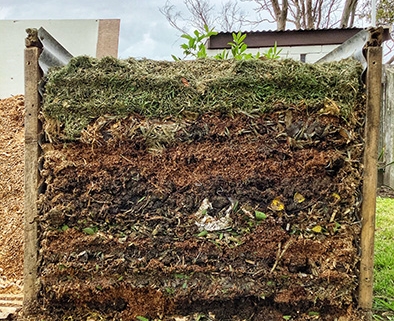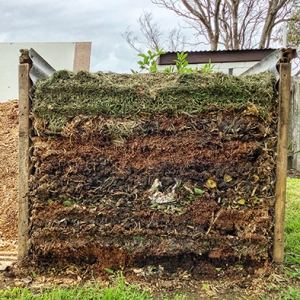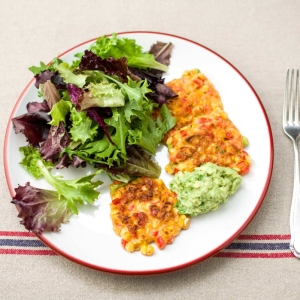Maintaining your decomposure
As the daily temperatures start to cool and the leaves on the deciduous trees start to change colour and begin to fall, nothing makes it feel more like autumn than the sudden appearance of fungi season. Looking around it is obvious where we have removed trees in the past as a flush of fungi has suddenly thrust up through the lawn where the remnant root systems below ground are being slowly devoured and decomposed by a network of filamentous hyphae.
Autumn and fungi are the perfect companions, as are autumn, fungi and composting. Composting is a natural process that mimics the way in which organic matter breaks down in nature through the actions of fungi, microorganisms, insects and worms. The resultant nutrient-dense humus enriches the soil, improves its structure and water holding capacity, and enhances plant growth. Autumn can give access to large quantities of fallen deciduous leaves that are perfect for composting and, if started now, you will be able to utilise the end product on your garden in spring.
Fungi thrive in a compost pile that has a balanced carbon-to-nitrogen (C/N) ratio, proper moisture levels and adequate aeration. The ideal C/N ratio for composting is generally considered to be around 25-30 parts carbon to one part nitrogen. Carbon-rich materials, often referred to as ‘browns’, include items like dried leaves, straw, wood chips, sawdust, shredded newspaper and cardboard. While nitrogen-rich materials, also known as ‘greens’, include items like fresh grass clippings, vegetable and fruit scraps, coffee grounds, tea leaves and manure.
The falling leaves are a sight to behold, but they are also a valuable resource for your garden. By collecting and composting them, you can transform a seasonal spectacle into a nutrient powerhouse by harnessing the power of fungi. So, grab your gloves, gather some leaves and get composting this autumn.
Meanwhile, around the towns I have noticed that the old fragrant hedge favourite Murraya paniculata (murraya) is in full bloom, as are the tough old Nerium oleander (oleander). If you are planning a murraya hedge, consider interplanting with Michelia figo (port wine magnolia) for additional fragrance, which I interpret as being akin to bubble gum. Another current eye-catcher are some colourful mixed stands of red and yellow canna lilies (Canna indica).
In the wild places on the sides of the road, one of the current standouts is unfortunately the ornamental weed Lilium formosanum (Taiwan lily) that is easily recognised by its large (up to 15 cm long) trumpet-shaped white flowers that point out horizontally atop a single strap-leaved main stem (to two metres high). The flowers are highly fragrant, and you’ll be doing the bush and yourself a favour if you stop and pick some flowers to take home and put in a vase, thereby preventing seed spread.
Finally, this month in the vegie garden I will be preparing for the first of our pea crops. Whether its snow peas or pod peas, March is the month. On St Patrick’s Day, 17 March , I also like to plant our sweet peas in anticipation of some welcome late winter colour and fragrance. Remember, peas climb and beans twine, so give your peas some mesh or chicken wire to scramble up.
Happy growing.



